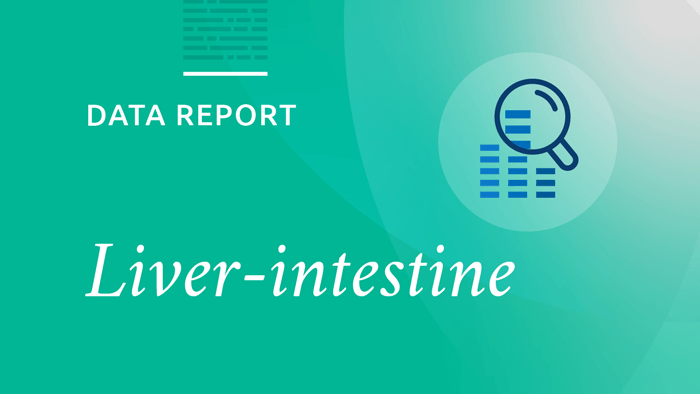A data report detailing the first two years of liver and intestinal organ allocation policy based on acuity circles. The policy was projected to increase equity and provide more consistent transplant access for the most urgent transplant candidates. Continuing trends as documented in previous monitoring reports, the findings in this two-year report support a number of key modeling predictions and demonstrate an improvement compared with the previous policy in many important areas.
Overall, deceased donor liver transplants under the new policy increased by 4.3 percent, or 632 procedures, compared to the pre-policy era. Simultaneous liver-kidney transplants also increased by 124, or 8.8 percent. Other key trends include the following:
- Liver transplant rates increased significantly for the most medically urgent candidates – those with a medical urgency (MELD or PELD) score of 29 or higher, as well as those in Status 1A or 1B.
- The number of waiting list removals for death or being too sick to transplant decreased by 240, or 5.8 percent, post-policy.
- Approximately two-thirds of liver transplant programs have experienced similar or higher transplant volume after the policy change.
- The policy was intended to reduce differences in medical urgency scores at transplant among different local areas. As intended, this geographic variability in medical urgency scores at transplant has decreased at the levels of donation service area, state and region. The national median score at transplant for adults (midpoint score at which transplants are performed) remains unchanged at 28; the national median for pediatric recipients dropped from 35 to 30.
- The median distance between donor hospital and transplant hospital has increased from 72 nautical miles to 141 nautical miles for adult recipients; this increase was most pronounced for recipients with higher medical urgency. More transplants are being performed at distances between 250 and 500 nautical miles.
- The median cold ischemic time (amount of time organs are preserved between donation and transplantation increased only slightly overall (roughly 10 minutes for adult recipients; about 27 minutes for pediatric recipients).
- Unadjusted post-transplant patient survival rates decreased slightly, from 93.5 percent pre-policy to 93.1 percent post-policy.
- The rate of livers recovered from deceased donors but not transplanted increased slightly, from 9.0 to 9.5 percent, and the utilization rate of livers decreased from 72.4 percent to 65 percent.
- The total number of intestine transplants remained the same before and after the policy took effect.

